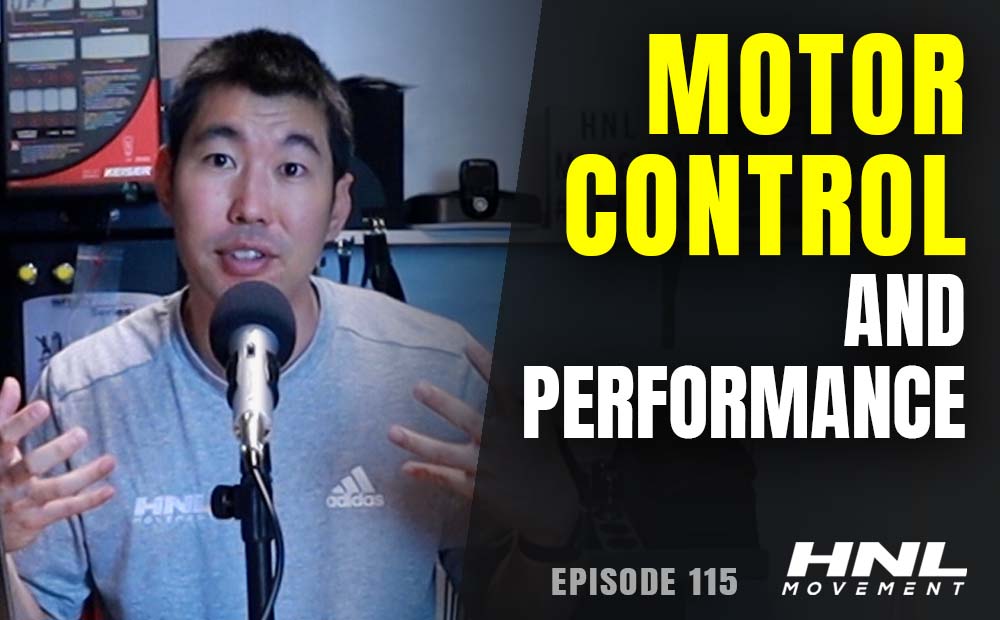
29 Mar 115. The Importance Of Motor Control And Imprinting Movement Patterns
What is motor control? What does acceptable motor control look like? Listen in to this episode as Andrew explains the theoretical concepts behind the complex neuromuscular system that controls how we move. Motor control on a basic level consists of: (1) necessary input from the somatosensory system sending signals back to your central nervous system, (2) the ability of the nervous system to sufficiently process that information, and (3) responding with an acceptable movement output.
The human body functions with two primary goals. Survival and efficiency. This carries over to even modern-day rehabilitation, strength & conditioning, and sports performance training. Survival and efficiency can provide some clues as to how and why people adapt the way they do to training stimuli. Some people will adapt to training stimuli in a positive way that builds them up. Others may compensate in a negative way that breaks their body down in a viscous circle manner. Andrew breaks down how survival and efficiency are important components to understand when striving to optimize performance.
As motor control improves, the goal is to improve the consistency of motor control through training. Andrew discusses imprinting motor patterns, or in Layman’s terms developing “muscle memory.” Imprinting motor patterns is training the nervous system to consistently interpret, process, and respond to control movement. As that motor control system gets fine-tuned, injury risk goes down and performance starts to improve. Visually, that is what the eye interprets as athletic, coordinated, and smooth movement. This episode is filled with many gems. Listen in and enjoy!







 Apple
Apple Spotify
Spotify Google
Google Pandora
Pandora
No Comments